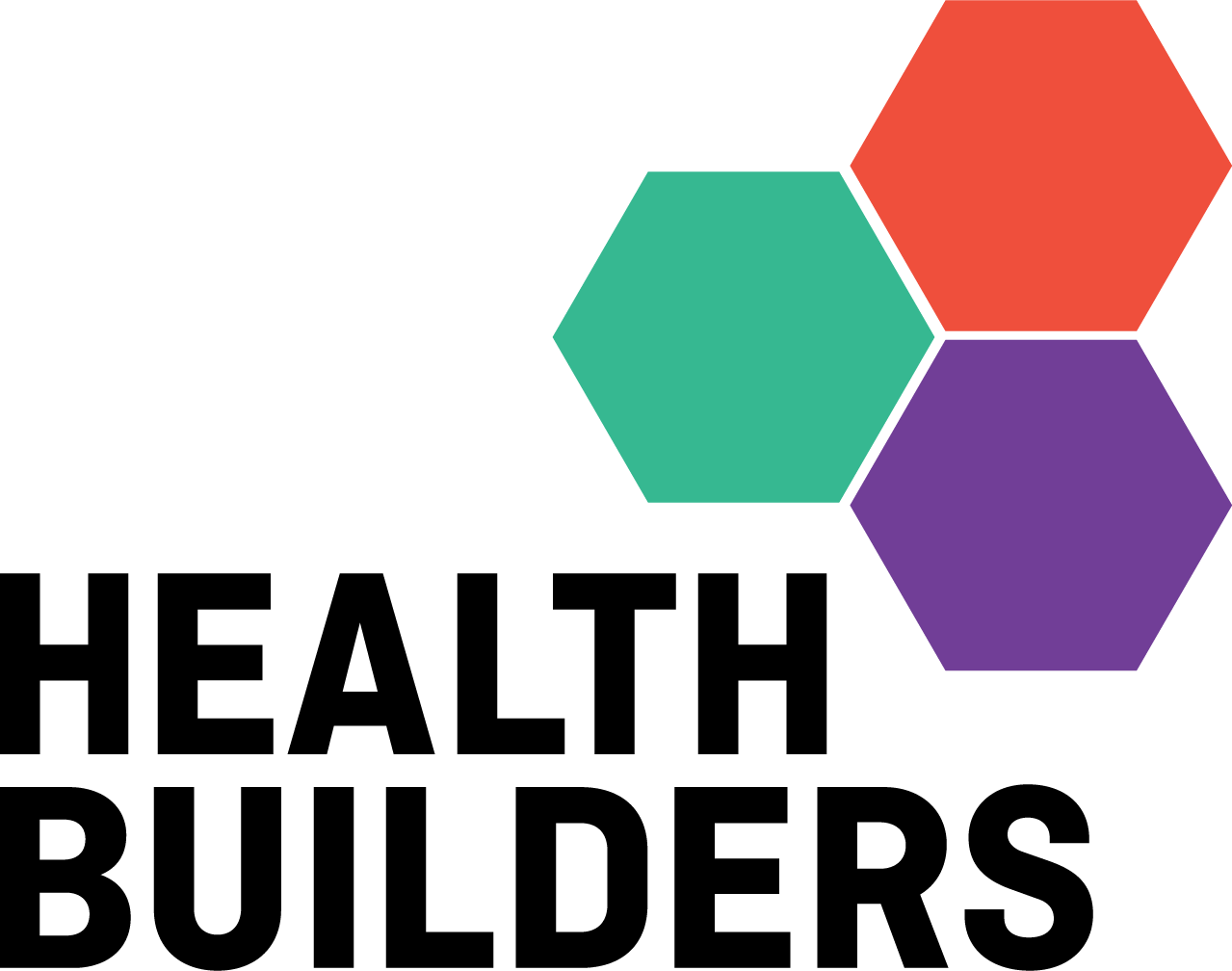Technology + Equipment
With appropriate, simple and affordable equipment and technology, health care workers can better track data and make accurate diagnoses, ultimately saving lives.
3.5 million
Rwandans have access to medical oxygen
5,900
Ultrasound scans per year in Rwanda
15 hospitals
With CPAP (Continuous Positive Airway Pressure) machines
280,000
Rwandans have access to safe, reliable, and inexpensive drinking water
The Challenge
Too many of the world's poor still lack access to basic life-saving resources like clean water or medical oxygen.
Health Builders’ goal is to ensure rural communities have access to equipment and technology, reaching the people who need them most.
The Solution
Each community has a unique set of needs, and it is important to Health Builders that they have the tools necessary to provide consistent and sustainable health care services to the people they serve. Therefore, we ask communities what technology and equipment they need and then help them acquire and install these items, ensuring that they are simple to operate and inexpensive to maintain. We will also continue to provide technical assistance and on-site repair services as needed, long after equipment has been installed.
Our technology projects and equipment are provided completely free to the local districts and health centers, thanks to our partnerships with various organizations including the GE Foundation, UNICEF, the Center for Global Safe Water at Emory University, the Rwandan Ministry of Health and others. In many cases, health centers can build revenue-generating systems with the equipment provided.
Types of technology + equipment we have implemented
Oxygen
In partnership with General Electric and Assist International, Rwanda’s first commercial-sized oxygen plant was installed outside of Kigali, the second plant in the country. With the establishment of a decentralized distribution system for oxygen sales across Rwanda, Musanze District Hospital can now produce its own oxygen and sell it for affordable prices, creating access to life saving treatments for over 3.5 million people.
Rapid SMS
Using mobile technology allows Community Health Workers to collect data on pregnant women, postpartum women, and children until the age of two. Data collected are sent to a central server at the Ministry of Health and feedback and action steps are sent back to community health workers and health providers, providing adequate care and improved maternal and newborn health.
Solar Energy
Solar energy sources were installed at eight health centers serving over 165,000 community members. By reducing utility costs, Health Builders helped keep the lights on and the equipment running so health centers could reallocate limited resources to direct health care needs.
CPAP Machines
Health Builders introduced CPAP (Continuous Positive Airway Pressure) machines in 15 hospitals and trained over 100 doctors and nurses on how to operate them. These machines provide a true life-saving benefit in maternity wards. In the first three years of use, over 1,000 infants and children benefited.
Ultrasound Machines
Seven ultrasound machines were provided in seven health centers in Rwamagana for the improvement of Antenatal Care. These machines perform 5,900 ultrasounds annually. In the first six months, a total of over 1,800 scans were performed, resulting in 90 referrals for additional or more extensive care.
Water Purification
High-volume water purification systems in 10 health centers provide more than 250,000 people living in those communities with access to safe, reliable and inexpensive drinking water distributed at those centers.

